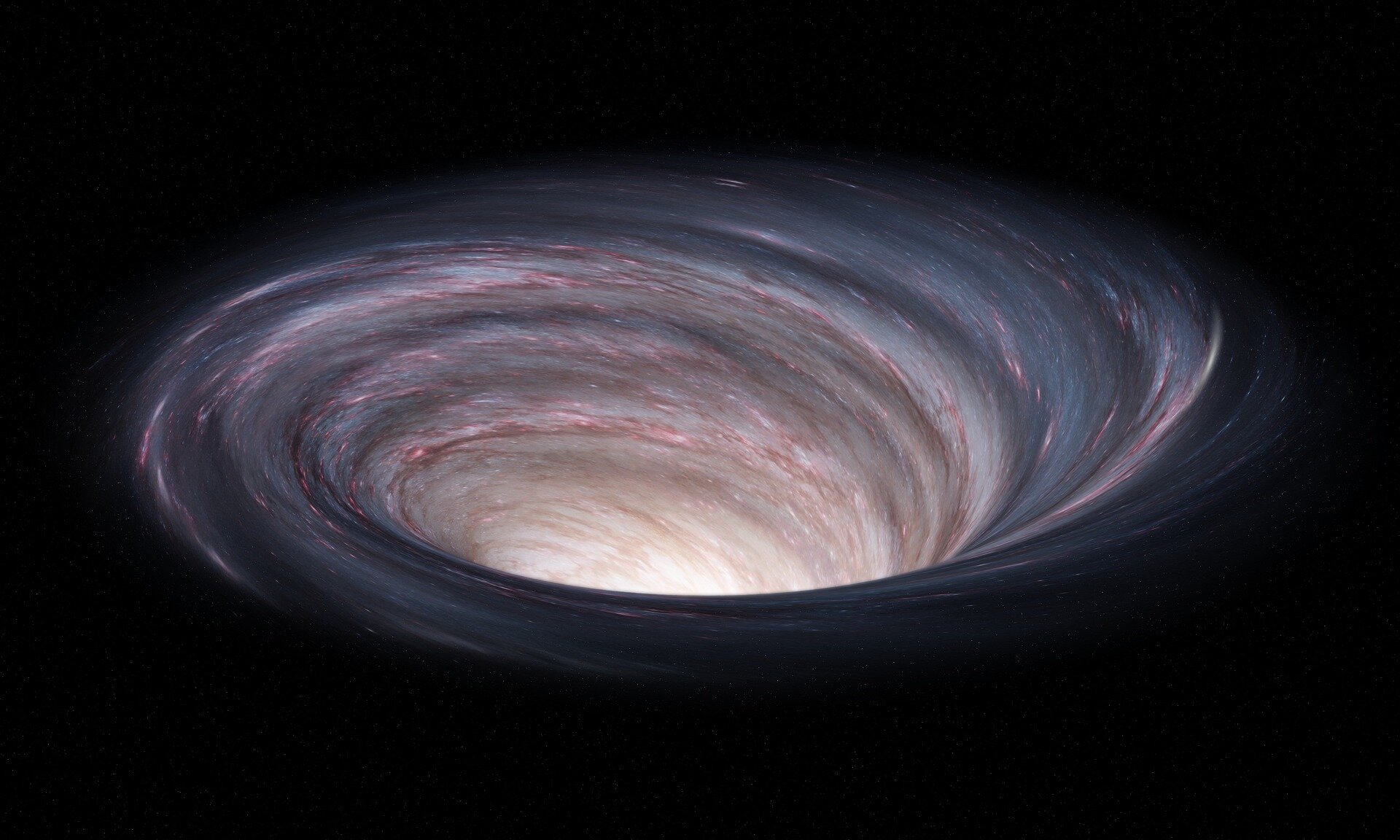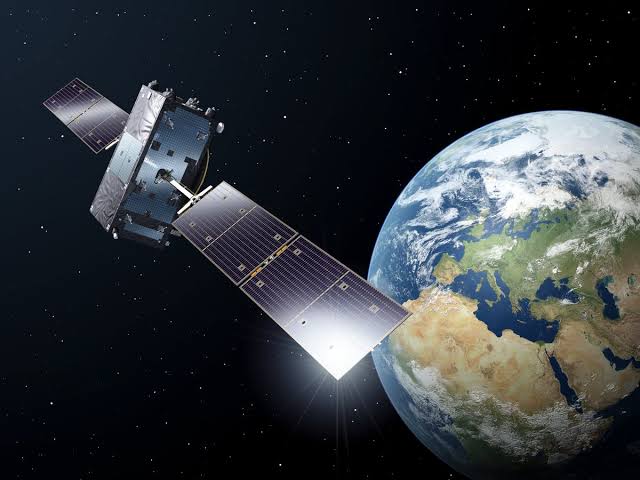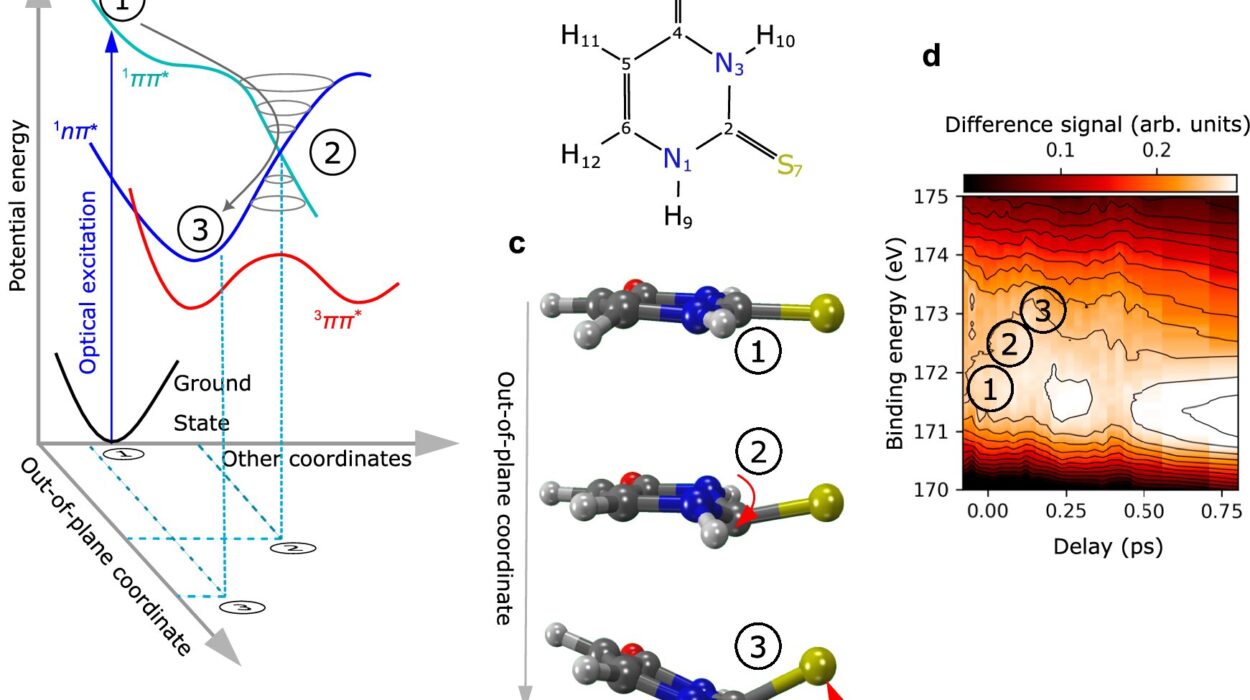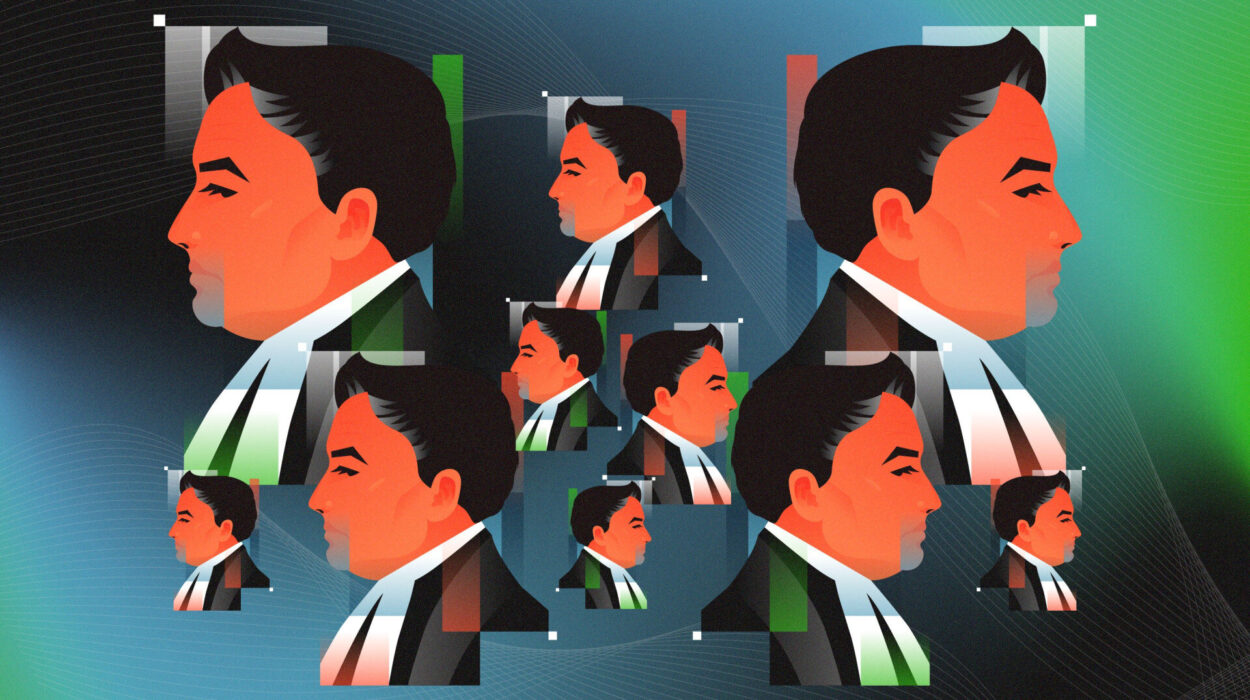No telescope will ever reveal what lies inside a black hole. Light itself, that swift messenger of the cosmos, cannot escape its gravity. For decades, this cosmic invisibility has both haunted and inspired physicists. What happens beyond that dark horizon? Does space continue smoothly inward—or does reality itself collapse into something unrecognizable?
While we cannot look directly inside, theoretical physics allows us to ask a subtler question: What should the inside of a black hole look like, if the universe follows both Einstein’s theory of gravity and the strange rules of quantum mechanics? These two pillars—one describing the vast, the other the microscopic—often clash. Yet, in the deep shadows of a black hole, they must somehow coexist.
A recent study published in Physical Review Letters takes us one step closer to understanding this hidden world. Scientists from the U.S. and Argentina have developed a new theoretical model that doesn’t just imagine a black hole’s interior—it maps it. Their results are astonishing: instead of a smooth, elegant tunnel connecting two black holes, the researchers found something far more complex—a writhing, bumpy passage they’ve poetically dubbed the “Einstein-Rosen caterpillar.”
Mapping the Invisible
The idea behind this work begins with one of the most profound concepts in modern physics: entanglement. In quantum mechanics, two particles can become linked in such a way that whatever happens to one instantly affects the other, no matter the distance between them. Einstein called it “spooky action at a distance.” Now, physicists believe this same principle may also apply to black holes—vast celestial objects that warp spacetime itself.
The researchers imagined two black holes that are deeply entangled at the quantum level. When quantum theory and general relativity are combined, this entanglement suggests that the two black holes might actually be connected through a wormhole—a theoretical bridge through spacetime, also known as an Einstein-Rosen bridge.
In their model, the scientists began with an idealized wormhole—smooth, stable, and perfectly ordered. This was a clean system, like a quiet lake with no ripples. But real black holes are not neat and peaceful; they are chaotic, turbulent objects that churn with gravitational and quantum energy. To mirror that messy reality, the team introduced quantum chaos into their model, scrambling the entangled connection between the two black holes.
The result was astonishing. Instead of collapsing or tearing apart, the wormhole morphed into a long, irregular structure—a tunnel that wasn’t smooth at all, but rather segmented and knotted, like a cosmic caterpillar. Each “bump” represented fluctuations caused by the underlying quantum chaos. To keep the system stable amid all this turbulence, the wormhole had to stretch and wrinkle, growing longer and lumpier as it adapted.
The team’s mathematical calculations revealed a striking link: the more random and chaotic the entanglement between the black holes, the more complex and elongated the wormhole connecting them became. In other words, the geometry of spacetime itself responded to the quantum disorder, reshaping the black hole’s interior into a new kind of structure—both chaotic and coherent at once.
The Einstein-Rosen Caterpillar
This newly proposed structure, the Einstein-Rosen caterpillar, carries both scientific precision and poetic charm. It draws its name from the classical Einstein-Rosen bridge—the smooth, elegant wormhole that general relativity allows—and adds “caterpillar” to describe the twisted, segmented, and uneven reality that emerges when quantum effects are taken into account.
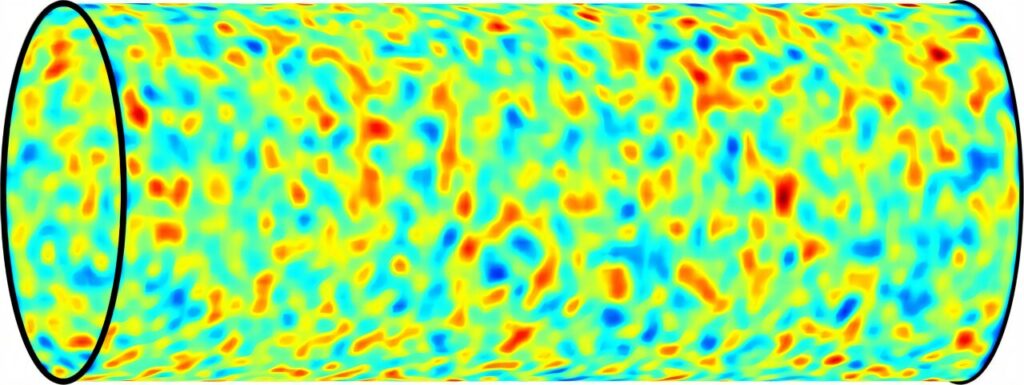
Imagine the interior not as a clean tunnel, but as a long, undulating chain, full of folds and ridges. Each segment represents a pocket of quantum energy and information—a record of how the two black holes remain connected despite the surrounding chaos. What’s remarkable is that this bizarre structure still obeys the classical laws of gravity, meaning spacetime remains intact. It doesn’t fracture or break; it just deforms, adjusting gracefully to the wild quantum landscape.
In technical terms, the researchers described the system as forming an “ensemble of Einstein-Rosen caterpillars” with specific mathematical relationships between their length and the correlations of matter inside them. While this may sound abstract, it’s a powerful idea: quantum randomness doesn’t destroy spacetime—it sculpts it.
Challenging the Firewall Paradox
The implications of this discovery reach deep into one of physics’ most intense debates: the firewall paradox. This paradox arises from a conflict between general relativity and quantum theory about what happens at the edge of a black hole—the event horizon.
According to Einstein’s general relativity, an astronaut falling into a black hole wouldn’t feel anything special when crossing the horizon. Spacetime would appear smooth and continuous—until, of course, they approached the singularity at the center, where gravity becomes infinite. But quantum mechanics tells a different story. It suggests that information can’t be lost, even inside a black hole. To preserve that principle, some physicists have proposed that the event horizon might actually be surrounded by an intense curtain of energy—a firewall—that would obliterate anything falling in.
This has been a major source of tension in theoretical physics. If firewalls exist, they would tear apart Einstein’s vision of smooth spacetime, implying that relativity and quantum theory can never be fully reconciled.
The new “Einstein-Rosen caterpillar” model, however, offers a hopeful alternative. It shows that even when the entanglement between black holes is messy, even when quantum chaos runs wild, the connection between them—the wormhole—remains stable and predictable. There is no violent firewall, no broken geometry, no shattered spacetime. Instead, the universe seems capable of absorbing quantum turbulence with elegance.
This finding supports a radical yet increasingly popular idea known as ER = EPR, first proposed by physicists Juan Maldacena and Leonard Susskind. The concept suggests that Einstein-Rosen bridges (wormholes) and Einstein-Podolsky-Rosen entanglement (quantum links) are actually the same thing expressed in two different languages. In other words, the geometry of spacetime might literally be built from quantum entanglement itself.
If that is true, then the tangled web of quantum connections that underlies the universe could be the fabric from which space and time emerge. The universe, in this view, is not a static container for matter and energy—it is a living, interconnected network of information.
The Geometry of Quantum Chaos
What makes the “Einstein-Rosen caterpillar” such a fascinating concept is that it unites two realms that usually feel worlds apart. On one side is quantum chaos, the unpredictable, microscopic world where particles pop in and out of existence. On the other side is spacetime geometry, the smooth, continuous fabric described by Einstein’s equations.
By showing how quantum chaos shapes the geometry of a wormhole, the new model creates a bridge—both literal and metaphorical—between these two worlds. It hints that the structure of the universe, even in its most extreme conditions, is not random but deeply responsive. Spacetime bends, twists, and reshapes itself according to the rules of quantum information.
This means that chaos is not destruction—it is design. The random fluctuations of quantum entanglement give birth to intricate, self-adjusting geometries inside black holes. Even in the heart of cosmic darkness, there is an elegant order.
A Step Toward the Theory of Everything
For physicists, discoveries like this bring us closer to one of the grandest dreams in science: a unified theory that reconciles gravity and quantum mechanics. Right now, these two frameworks work beautifully in their respective domains—relativity for the cosmic, quantum mechanics for the microscopic—but they fail to agree in extreme conditions like black holes or the Big Bang.
The Einstein-Rosen caterpillar study doesn’t provide a final answer, but it offers a tantalizing clue. It shows that the bridge between gravity and quantum theory may lie in the geometry of entanglement—the way information itself shapes space. If spacetime is truly woven from quantum connections, then understanding entanglement might one day allow us to map the deepest layers of reality, perhaps even to see beyond the event horizon.
The Beauty of the Unknown
What makes this research so profoundly moving is that it reaffirms something essential about science: our greatest discoveries often begin in the darkness of mystery. We cannot look inside a black hole, yet by combining imagination, mathematics, and reason, we can begin to feel its architecture—to trace the shape of the unseeable.
The Einstein-Rosen caterpillar reminds us that the universe is not a machine made of cold, indifferent laws. It is a living, evolving story written in geometry and quantum threads. Even in its most chaotic and secret corners, the cosmos reveals a kind of beauty—a beauty not of perfection, but of resilience, complexity, and connection.
When we study black holes, we are not just probing distant monsters in space; we are exploring the boundaries of knowledge itself. Every new equation, every theoretical model, is a window into how reality works—and how deeply it is interwoven with mystery.
Perhaps the interior of a black hole will forever remain hidden. But through physics, we can imagine it, understand it, and in doing so, glimpse the universe’s most intimate truth: that even in the deepest darkness, order, connection, and meaning endure.
More information: Javier M. Magán et al, Semiclassical Wormholes toward Typical Entangled States, Physical Review Letters (2025). DOI: 10.1103/btw6-44ry
